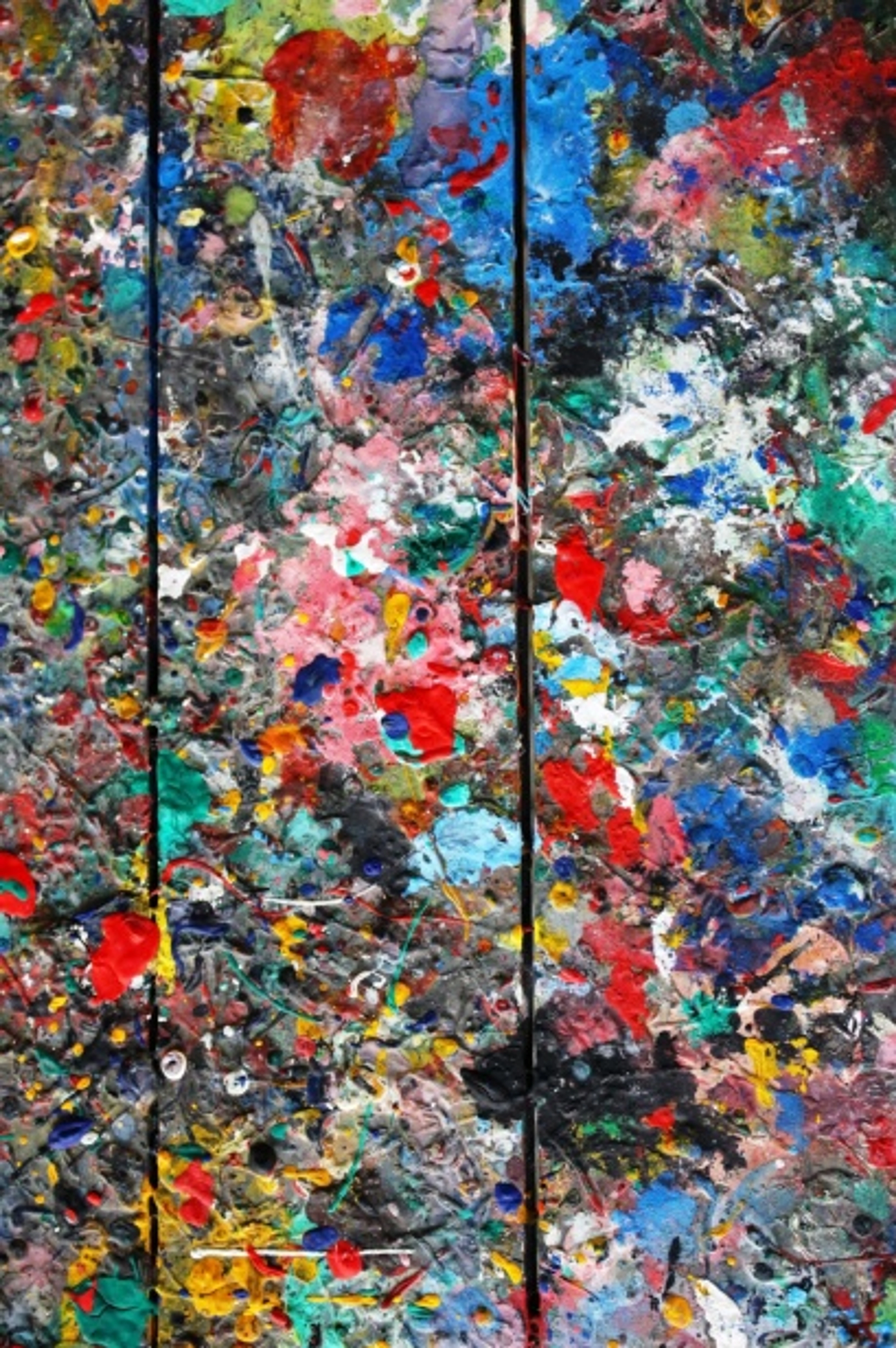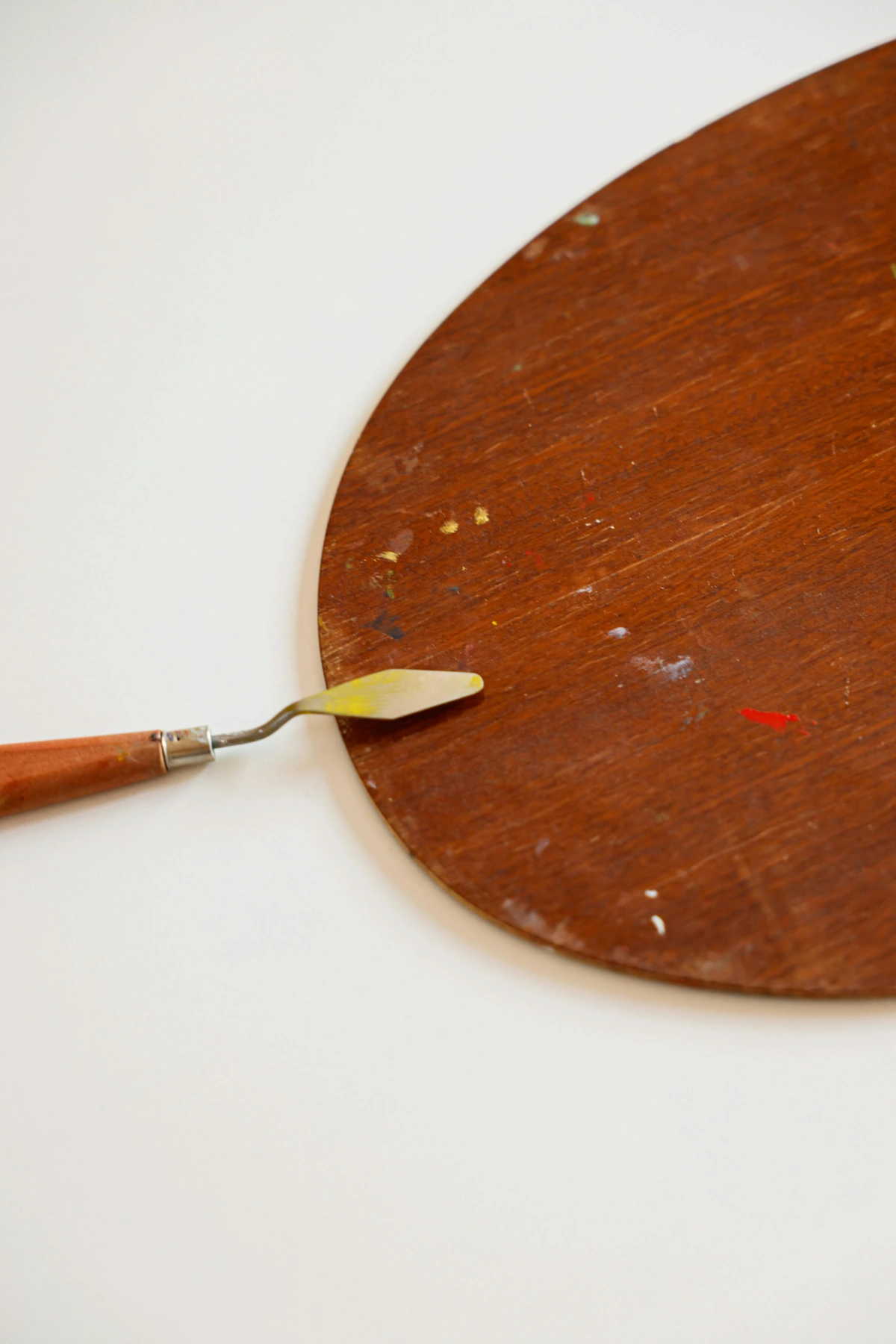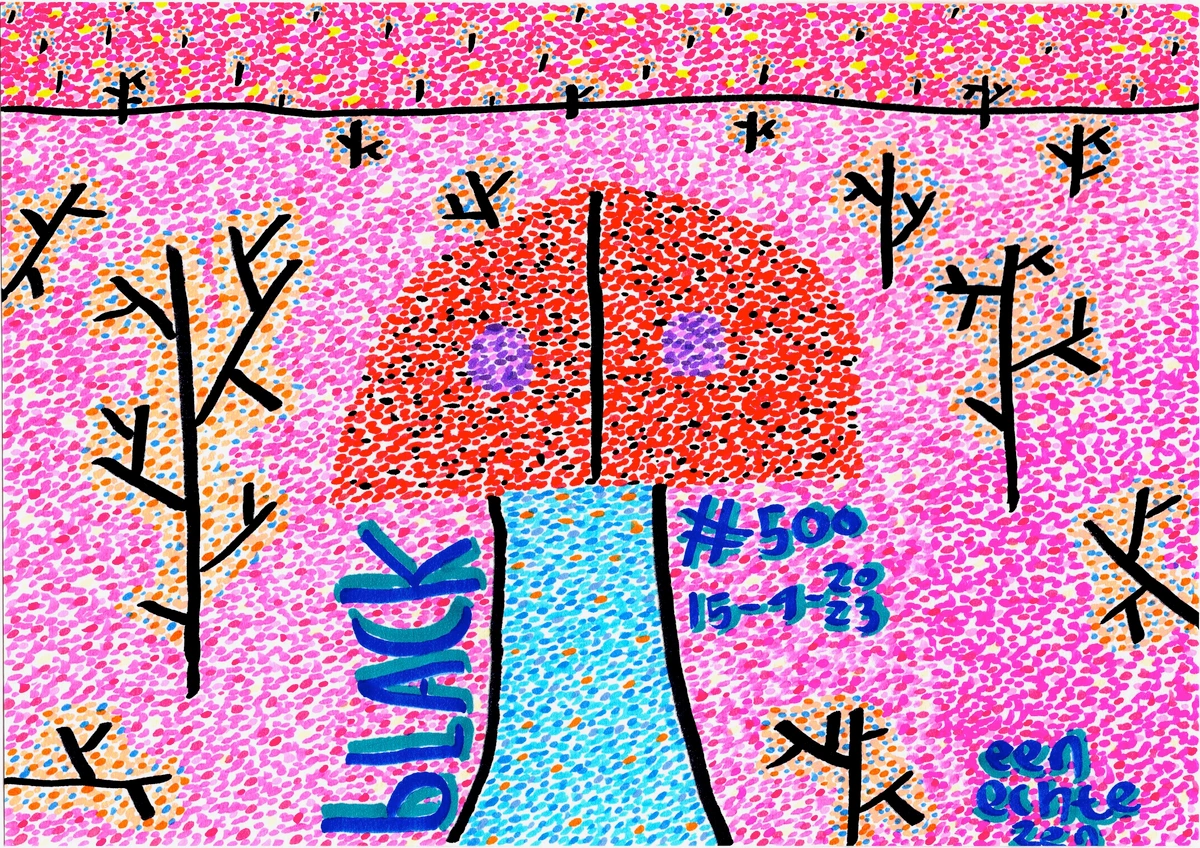
Alla Prima Painting: My Guide to the Wet-on-Wet Technique
Ever wondered about alla prima painting? Join me as I share my personal journey and tips for mastering this vibrant wet-on-wet technique, perfect for artists seeking spontaneity.
Alla Prima Painting: My Guide to the Wet-on-Wet Technique
I'll be honest, when I first heard the term "alla prima," I pictured something straight out of a Renaissance workshop – intimidating, perhaps a little archaic, and definitely reserved for the grand masters. It sounds fancy, doesn't it? "At first attempt" in Italian, it conjures images of effortless brilliance. But, like many things in art (and life, if we're really being honest), the reality is much more approachable, and dare I say, profoundly liberating. Alla prima simply means painting wet-on-wet, completing a piece in a single, exhilarating session before the paints have had a chance to dry. It's less about perfection and more about presence, a lively dance between speed, intuition, and a delightful surrender to the moment. And trust me, it’s a heck of a lot of fun once you get past those initial jitters.
--- ## Alla Prima Through the Ages: A Quick Peek into History It might feel like a modern, spontaneous rebellion against meticulous layering, but alla prima is actually a technique with deep historical roots. Many of the Dutch and Flemish masters, like the incomparable Frans Hals, used a wet-on-wet approach to achieve the lively, expressive brushwork seen in their portraits. Think of the immediacy in his ruffs and fabrics – that wasn't carefully layered over weeks; it was captured in bold, decisive strokes while the paint was still alive on the canvas. Later, the Impressionists embraced it for capturing fleeting light and atmosphere, and masters like John Singer Sargent practically made it his signature, imbuing his portraits with incredible life and spontaneity. When I look at their work, I don't just see skill; I see a conversation with the paint, a willingness to trust the moment, and that’s a legacy worth celebrating and carrying forward in our own studios. ---
My Journey into the Wet-on-Wet World
I remember fumbling through my early painting days, meticulously waiting for layers to dry, sometimes for days on end. It was... patient. Too patient for my often impatient mind, perhaps, and frankly, a bit stifling for my creative flow. I longed for that vibrant, immediate energy I saw in the works of artists who seemed to conjure entire scenes onto canvas in mere hours, their strokes fresh, their colors singing and never muddy. "How on earth do they do that?" I'd wonder, probably with paint under my fingernails and a confused frown, my own canvas looking rather tired from all the waiting. That's when I discovered alla prima, and my world shifted.
It wasn't love at first brushstroke, oh no, not by a long shot. My initial attempts were, to put it mildly, a muddy disaster. Colors bled where I absolutely didn't want them to, forms dissolved into chaotic smudges, and I often ended up with a canvas that looked more like a battleground for pigments than a serene landscape. There were moments of genuine frustration, of wanting to throw in the towel and retreat to the safety of slow, controlled layers. But amidst the chaos, there was something undeniably exhilarating about the immediacy, the raw, untamed energy of it all. It forced me to make decisions quickly, to trust my instincts rather than overthinking every move, and most importantly, to embrace the imperfections as part of the process. It was a rigorous, joyful bootcamp that taught me more about brushwork and color mixing – how colors interact when wet, how to keep them clean, how to predict their dance – than weeks of careful layering ever did. It was a baptism by fire, and surprisingly, I emerged from the heat not just loving it, but transformed by it.

https://images.pexels.com/photos/7302087/pexels-photo-7302087.jpeg, https://creativecommons.org/public-domain/
The Heart of Alla Prima: What It Really Means for Me
For me, alla prima isn't merely a technique; it's a profound mindset. It's about cultivating a deep sense of presence in the moment, reacting intuitively to the paint as it meets the canvas, and bravely letting go of the relentless need for absolute control. You're working with wet paint on wet paint, a dynamic duet where every new stroke interacts with the previous one, blending, pushing, and pulling colors around in ways you can't always precisely predict. This is precisely where the magic unfolds – those unexpected harmonies and vibrant bursts of color – and, admittedly, where the dreaded "mud" can also happen if you're not careful. It's a constant negotiation, a willingness to be surprised by the material itself.
It stands in stark contrast to more measured techniques like glazing, where you meticulously build up transparent layers over dried paint, allowing light to shine through and create luminous depth over days or weeks. Alla prima is far more direct, more immediate, and often results in paintings with a wonderfully thick, luscious, and tactile quality – especially if you're not shy with your paint application, embracing the impasto. Think of it as painting with a keen sense of urgency, yes, but also with a playful surrender, trusting that beautiful accidents are often just discoveries in disguise.
My Essentials for a Smooth Alla Prima Session
You might think that because it's a "fast" technique, you can just grab any old supplies and go. And sure, you can, but I've found that a little preparation goes a long way. This isn't about being rigid, but about setting yourself up for success so you can truly focus on the painting itself.
1. The Right Paint


While you can technically do alla prima with acrylics (they dry super fast, which adds another layer of challenge, though retarders can help!), I personally find it shines brightest with oils. Their naturally longer drying time is an absolute gift, giving you ample opportunity to blend, push, and pull colors before they set. Within oils, you'll discover a spectrum of drying times depending on the pigment – some dry in a day, others take weeks! Understanding this can be a secret weapon. I generally lean towards artist-grade paints for their higher pigment load, which translates to more vibrant, consistent color. If you're curious about different options, from student-grade to professional, I've got a whole rundown on paint types for artists.
2. Brushes & Tools
Oh, the glorious brushes! For alla prima, I tend to reach for a diverse arsenal. Stiffer bristle brushes – think flats and filberts – are absolute workhorses for pushing thick paint around, laying down bold strokes, and creating dynamic textures. Then there are the softer synthetics or sables, perfect for those subtle blending moments and refining edges without disturbing too much of the underlying wet paint. And for heaven's sake, don't forget the trusty palette knife! It's not just for mixing; it's fantastic for applying paint directly, scraping back, creating sharp lines, and adding incredible texture. Each tool has its dance partner in the alla prima ballet. If your brushes are looking sad after all that vigorous dancing, a good read on cleaning and caring for your paint brushes will definitely be in order.

https://images.pexels.com/photos/7302093/pexels-photo-7302093.jpeg, https://creativecommons.org/public-domain/
3. Palette & Mediums
A good, spacious palette is unequivocally your best friend in alla prima. I personally gravitate towards a large glass palette (super easy to clean!) or sometimes a simple wooden one, pre-seasoned with a bit of linseed oil. The key is ample space to lay out generous piles of all the colors I anticipate using, giving myself plenty of room for uninhibited mixing without feeling cramped. As for mediums, oh, they're the silent heroes! A slow-drying medium like linseed oil, poppy oil, or walnut oil can extend your working time beautifully, which is invaluable for blending and manipulating paint. However, be mindful: a little goes a long way. Too much medium can make your paint too runny, compromising its body and potentially impacting its archival qualities. And don't forget a little odorless mineral spirits (OMS) or turpentine for thinning initial washes and, crucially, for cleaning your brushes mid-session – a clean brush is a happy brush, and a happy brush makes for clean colors!
4. Support
Choose your canvas or panel wisely. A smooth surface might encourage finer details, while a textured one can add an interesting dimension to your direct strokes. And if you're working with oils, make sure your surface is properly primed. You can check out my thoughts on how to choose the right canvas for acrylic vs oil for more guidance.


5. Solvents & Cleaners
Let's be real, alla prima can be gloriously messy. But a little organization goes a long way, especially when it comes to keeping your colors clean. I always have two containers of odorless mineral spirits (OMS) or turpentine nearby: one for initial rough cleaning of brushes, and a second, cleaner one for a more thorough rinse. This simple trick drastically reduces color contamination. And don't forget some sturdy rags – old cotton t-shirts work wonders – for wiping brushes frequently. After a session, a good brush soap is indispensable for keeping those bristles supple and ready for their next dance.
6. Easel & Setup
Your workspace should be a sanctuary of efficiency, not a battleground. Invest in a sturdy easel that allows you to work comfortably, whether standing or sitting. Good lighting is paramount – natural light is ideal, but if you're working indoors, aim for a balanced, neutral light source that doesn't distort your colors. Arrange your palette, brushes, and solvents within easy reach. The less you have to interrupt your flow to search for a tool, the more you can stay immersed in the magic of wet-on-wet painting.
My Top Tips for Diving into Alla Prima
If you're feeling inspired to give alla prima a whirl, here are a few things I've learned that might save you some initial frustration (and muddy paintings):
- Simplify Your Subject: Don't try to paint a hyper-realistic portrait right off the bat. Start with something simple—a still life with a few fruits, a basic landscape, or even abstract color studies. The goal is to get comfortable with the wet-on-wet interaction, not to create a masterpiece on your first try.
- Limit Your Palette: Less is often more. When I'm feeling overwhelmed, I stick to a limited palette of maybe 3-5 colors plus white. This forces me to focus on value and temperature rather than getting lost in a rainbow of options.
- Prepare Your Paint: Lay out generous piles of paint on your palette. You don't want to be squeezing tubes frantically mid-stroke. Having ample paint ready means you can work continuously.
- Work from Big to Small, Thin to Thick: Start with larger brushes and thinner paint for your initial block-in. As you refine details, switch to smaller brushes and gradually increase the thickness of your paint (this is often referred to as "fat over lean" in oil painting, though it's less about drying times in a single session and more about structural integrity).
- Embrace the Mess: This is a big one. Alla prima can be messy, and colors will blend. Sometimes beautifully, sometimes... not so much. Learn to see these unexpected blends as opportunities. A little chaos is part of the charm.
- Don't Overwork: This is probably the hardest lesson. There comes a point where an area, or even the whole painting, is "done." If you keep pushing and pulling the wet paint, especially with too many colors, you'll inevitably end up with mud. Learn to step away! Often, a painting completed alla prima has a beautiful freshness that comes from not being overworked.
- Time Yourself: Especially when starting, try setting a timer for 30 minutes or an hour. This adds a playful pressure and encourages decisive strokes. Remember, the point is to finish before the paint dries, so speed is a factor.
Alla Prima in My Abstract Work (A Subtle Nod)
While my abstract pieces often involve many layers and longer drying times, requiring a patient build-up that contrasts with alla prima's speed, the spirit of wet-on-wet painting subtly yet profoundly influences my approach. The directness of applying paint, the bold, unhesitating gestures, and the willingness to let colors interact spontaneously and unpredictably on the canvas – these are all invaluable lessons I've carried directly from my alla prima experiments. It reminds me to stay viscerally connected to the moment of creation, to infuse each initial layer with that same raw energy, even when a piece might ultimately take weeks to complete. You can often see that foundational immediacy in the way I build dynamic textures and orchestrate vibrant color compositions in my art, which you can find on display at my museum in 's-Hertogenbosch, or perhaps even find a print to buy.

https://www.publicdomainpictures.net/pictures/250000/nahled/messy-colorful-artists-palette.jpg, https://creativecommons.org/publicdomain/zero/1.0/
--- ## Curious Minds Want to Know: My Alla Prima FAQs After countless hours with a brush in hand, I've heard my fair share of questions about alla prima. So, let's tackle a few of the most common ones that pop up in my workshops and conversations. ### Q: What's the main difference between alla prima and traditional layered painting?
Q: What's the main difference between alla prima and traditional layered painting?
A: The biggest difference is timing. Alla prima aims to complete a painting in one go while the paint is still wet, encouraging spontaneous blending and direct application. Traditional layered painting, like the definitive guide to oil painting techniques might explore, involves letting each layer dry before applying the next, building depth and detail over time.
Q: Can I use alla prima with acrylic paints?
A: Yes, but it's more challenging due to acrylics' fast drying time. You'll need to work very quickly or use an acrylic retarder medium to extend your open time. Oils are generally preferred for their naturally slower drying.
Q: How do I avoid muddy colors when painting alla prima?
A: This is a common hurdle! Key strategies include: limiting your palette, using clean brushes for different color families, avoiding excessive over-blending, and knowing when to stop. Often, less manipulation leads to cleaner, more vibrant color mixes.
Q: What kind of brushes are best for alla prima?
A: I find a mix of hog bristle brushes (for stiffness and texture) and softer synthetic or sable brushes (for blending and finer details) works well. Palette knives are also fantastic for direct application and mixing. Consider looking at articles like best acrylic paint brushes for artists for ideas, even if you're using oils, the principles of brush types apply.
Q: Is alla prima only for oil painting?
A: While traditionally associated with oils due to their longer open time, the principle of wet-on-wet can be applied to other mediums like acrylics or even watercolors to some extent. The term "alla prima" itself most commonly refers to the oil painting technique.
Q: Are there any specific Alla Prima exercises I can try?
A: Absolutely! Start with simple color studies or small still lifes (think a single apple or a pear). Try setting a timer for 20-30 minutes and focus on capturing the basic shapes, values, and colors quickly. Another great exercise is to limit your palette to just three primary colors plus white – this forces you to truly understand color mixing wet-on-wet.
Q: How do I choose a good subject for Alla Prima?
A: For beginners, simple subjects are best. A single piece of fruit, a ceramic mug, a crumpled piece of cloth, or a very basic landscape with a clear focal point are ideal. The goal is to focus on the process and the wet-on-wet interaction, not to get bogged down in intricate details. As you gain confidence, you can gradually tackle more complex subjects.
Final Thoughts: Just Dive In
Alla prima is a fantastic technique that will challenge you, push your boundaries, and ultimately, I believe, make you a more decisive, confident, and perhaps even a more joyful painter. It's not about achieving some elusive perfection; it's about authentic expression, raw immediacy, and learning to truly trust your artistic voice in the moment, responding to the canvas as it responds to you. So, here's my earnest advice: grab your brushes, squeeze out some generous blobs of paint, and just dive in. Don't worry about making "mistakes"; they're just happy accidents waiting to be discovered, or perhaps, lessons in disguise. And who knows, maybe this direct, exhilarating approach will inspire a whole new chapter in your own artistic journey, much like it did for mine on my timeline, transforming something that once felt daunting into a truly liberating experience.




